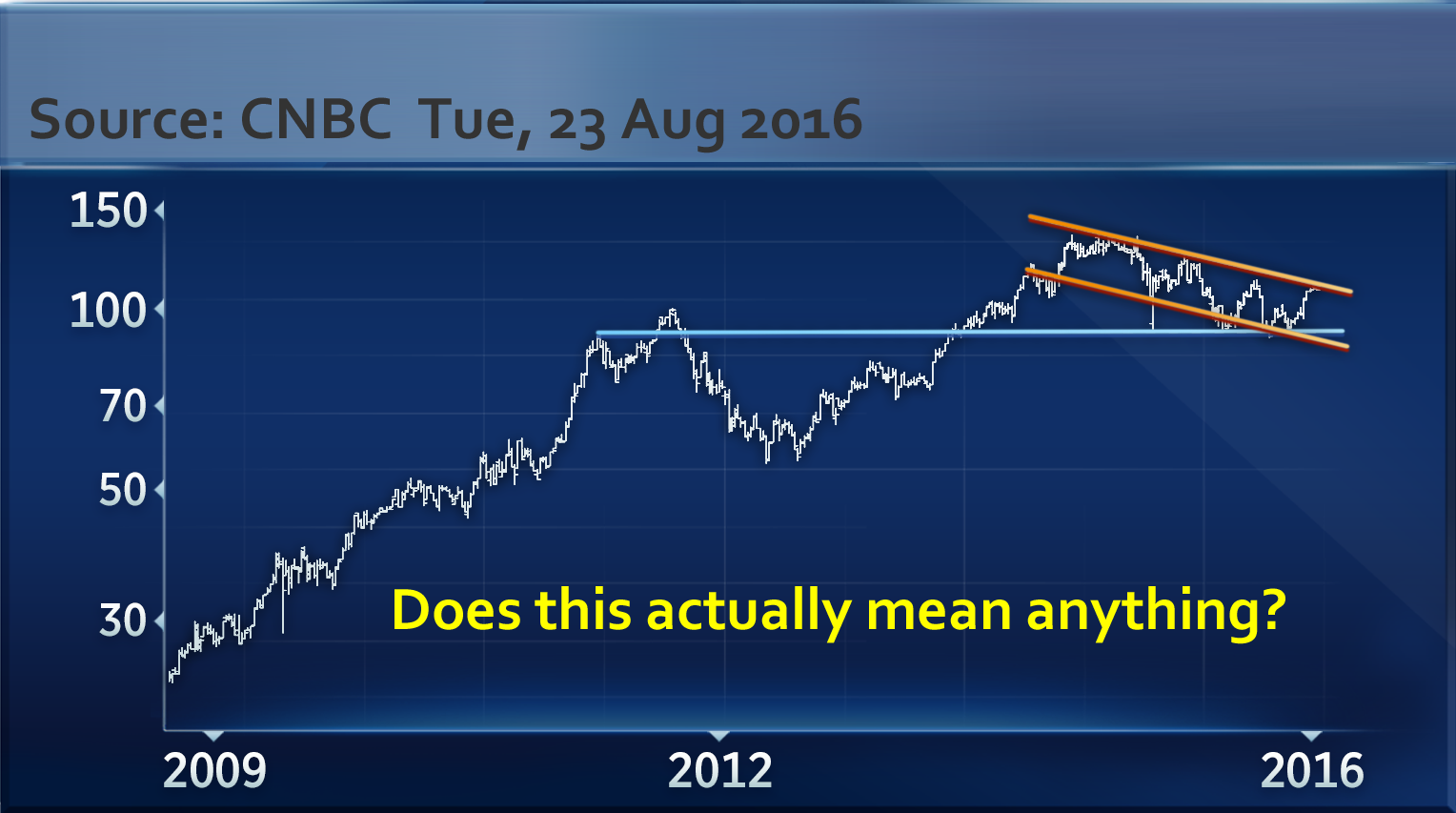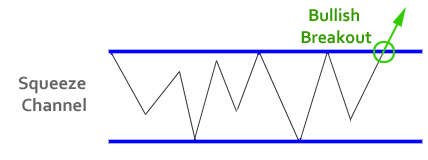LED
At some point, after all the social media craze and pundits on financial television drawing lines on stock charts, we need to stop the noise and just answer, once and for all, has technical trading actually worked in the past?

Even further, if it is has, then when, and which technical indicator, exactly. Yet further, on which stocks.
Answers, empirical and explicit, not just some guy drawing lines on a chart -- that's what were after.
ANSWERS
This is a technical analysis triggered momentum back-test that bet on a bullish move in the underlying stock for a period that starts the day Amazon.com Inc (NASDAQ:AMZN) triggers a breakout from the TTM Squeeze signal and lasts until two-days in a row show reversed (bearish) momentum. It has been a winner for the last 5-years.
Amazon.com Inc (NASDAQ:AMZN) IDEA: TTM Squeeze Technical Trigger
The idea is simple -- stocks tend to move in tight ranges for the majority of the time, and then they move in bursts for the remaining periods. The breakout from the TTM Squeeze attempts to find these bursts.
Here is a simple graphic, where the gray line is the daily stock price, the blue bars comprise the tight squeeze zone, and then we see the break out into a bearish move. Roughly speaking, this is the pattern that this technical indicator is attempting to identify and back-test.

The goal, of course, is to find these breakouts before they occur.
Rules
* Open the long 90/40 delta call spread on the day the TTM Squeeze has been broken with upside momentum.
* Close the call after that signal has seen a consecutive two-day reversal.
* Use the options closest to 15 days from expiration.
* Never trade earnings -- irrespective of the technical indicator, this trade will close 2-days before a scheduled earnings announcement.
This is a straight down the middle bullish bet -- this trade wins if the stock rises and will lose if the stock does not.
DISCOVERY
We found this back-test results by going to the Trade Machine Pro Scanner, looking at the NASDAQ 100 and then the "Bull Squeeze" scan.

RESULTS
Owning the 90/40 delta call spread in Amazon.com Inc (NASDAQ:AMZN) over the last five-years but only held it after a TTM Squeeze was triggered we get these results:
The mechanics of the TradeMachine™ are that it uses end of day prices for every back-test entry and exit (every trigger).
We see a 101.3% back-test return, which is based on 11 trades in Amazon.com Inc. A bullish breakout from the TTM Squeeze is a technical signal that doesn't happen often, but rather is designed to mechanically identify the times when a stock is in a low volatility period and may be about to thrust higher. It's a signal based on probabilities, not absolutes, so it won't work all the time.
Looking at Averages
The overall return was 101.3%; but the trade statistics tell us more with average trade results:
- The average return per trade was 12.24%.
- The average return per winning trade was 16.27%.
- The average return per losing trade was -5.9%.
Technical Details
For the details about the TTM Squeeze, how it works, when it's triggered, why it's relevant and what it means, you can discover scientific option trading from the link (which leads to a short video).
WHAT HAPPENED
There's a lot less luck to successful trading than many people realize. To see how to test this, and any strategy, for any stock we welcome you to watch this quick demonstration video:
Tap Here to See the Tools at Work
Risk Disclosure
You should read the Characteristics and Risks of Standardized Options.
Past performance is not an indication of future results.
Trading futures and options involves the risk of loss. Please consider carefully whether futures or options are appropriate to your financial situation. Only risk capital should be used when trading futures or options. Investors could lose more than their initial investment.
Past results are not necessarily indicative of future results. The risk of loss in trading can be substantial, carefully consider the inherent risks of such an investment in light of your financial condition.
Please note that the executions and other statistics in this article are hypothetical, and do not reflect the impact, if any, of certain market factors such as liquidity and slippage.